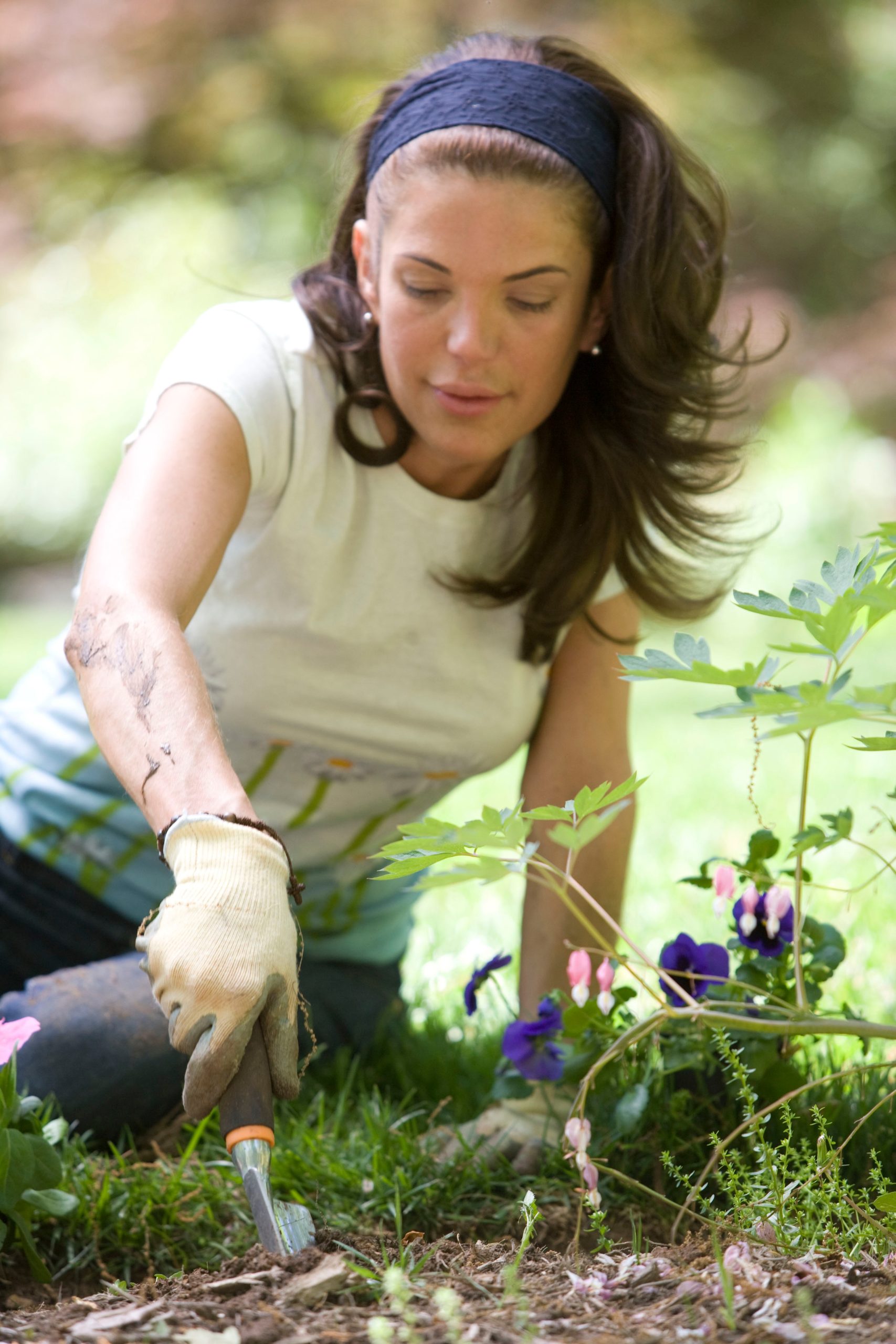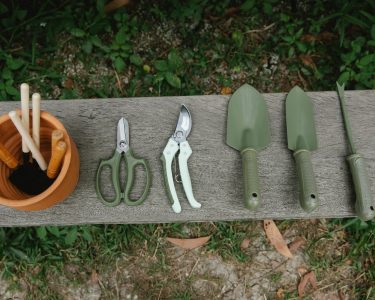Gardening is a great way to enjoy nature, beautify your surroundings, and cultivate fresh produce. However, traditional gardening practices can be water-intensive and harmful to the environment. As water resources become scarcer and climate change impacts become more apparent, sustainable gardening practices are becoming increasingly essential.
One way to achieve sustainable gardening is through water-efficient landscaping. In this article, we’ll explore the principles of water-efficient landscaping and how to create a stunning landscape with less water.
Principles of Water-Efficient Landscaping
Water-efficient landscaping, also known as xeriscaping, is a gardening method that uses plants and design features to reduce water consumption. The following principles can help guide your water-efficient landscaping efforts:
- Plan and design your garden: Careful planning and design are crucial for creating a water-efficient landscape. Consider factors such as sun exposure, soil type, and water availability to determine the best plants and features for your garden.
- Use native plants: Native plants are adapted to the local climate and require less water than non-native plants. They also provide habitat for local wildlife and support biodiversity.
- Group plants by water needs: Grouping plants by their water needs allows you to water more efficiently and avoid overwatering. Place plants with similar water needs in the same area and use irrigation systems that deliver water directly to the roots.
- Use water-wise features: Incorporating water-wise features such as rain barrels, permeable paving, and mulch can help reduce water use and increase soil moisture retention.
Creating a Stunning Landscape with Less Water
Now that we’ve covered the principles of water-efficient landscaping, let’s explore how to create a stunning landscape with less water. Here are some tips to help you get started:
- Choose drought-tolerant plants: Drought-tolerant plants are those that can survive with minimal water. Some examples include lavender, rosemary, and succulents. These plants can add color, texture, and interest to your landscape without requiring a lot of water.
- Incorporate hardscaping: Hardscaping features such as paths, walls, and rocks can add structure and visual interest to your landscape. They also require little to no water, making them a great choice for water-efficient landscaping.
- Create a focal point: A focal point such as a statue, fountain, or tree can anchor your landscape and create a sense of depth and interest. Choose a focal point that complements the overall style and design of your garden.
- Install a drip irrigation system: A drip irrigation system delivers water directly to the roots of your plants, reducing water waste and ensuring that each plant receives the right amount of water. This is especially useful for grouping plants with similar water needs.
Conclusion
Sustainable gardening is an essential practice for preserving our natural resources and creating beautiful, healthy landscapes. By using water-efficient landscaping principles and incorporating drought-tolerant plants and features, you can create a stunning landscape with less water. Remember to plan carefully, choose wisely, and enjoy the beauty and benefits of sustainable gardening.




